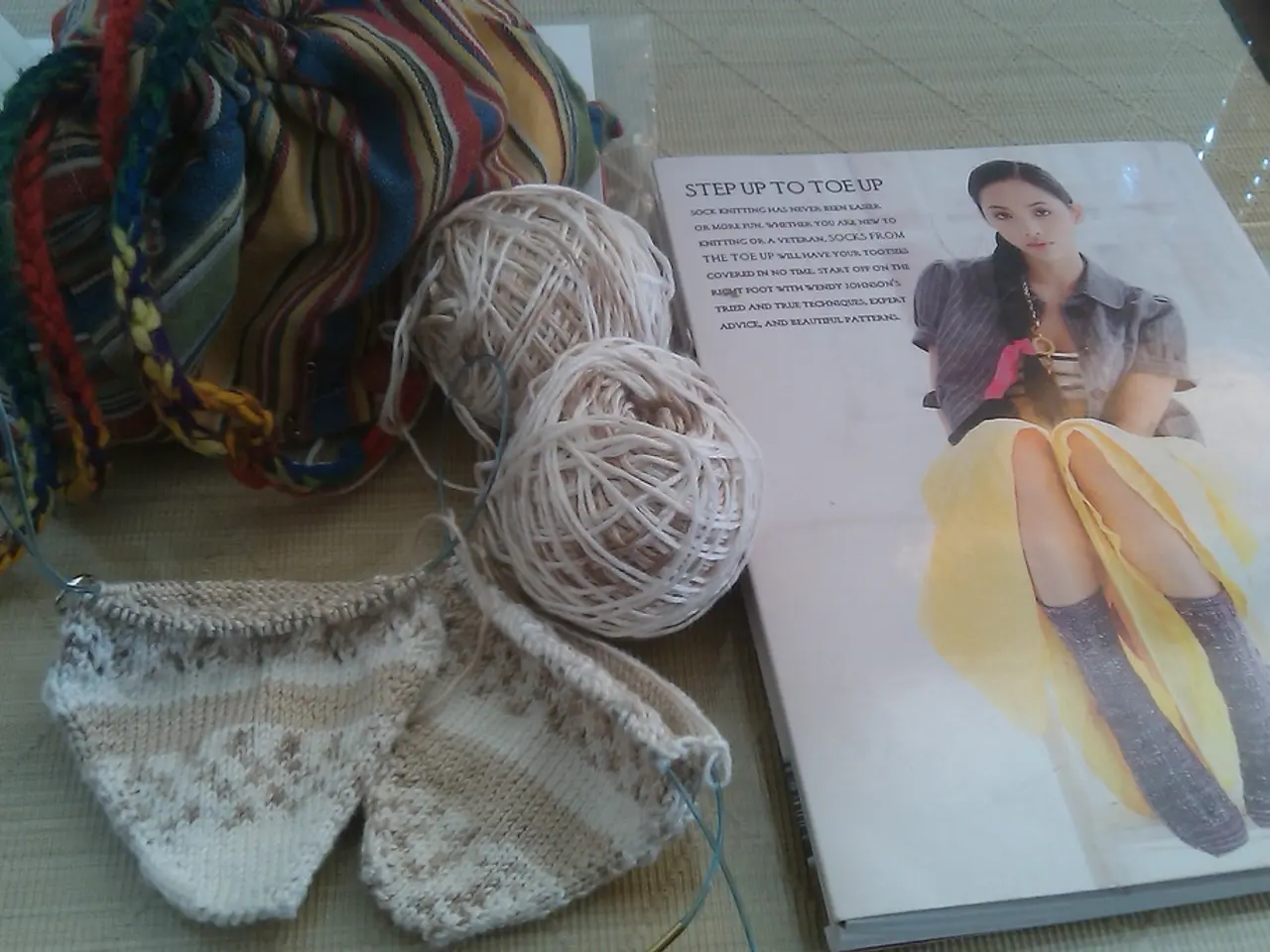Linen's Texture: An Examination
In the realm of high-quality bedding, organic flax linen stands out as a luxurious and sustainable choice. But what makes this Scandinavian-style duvet cover so soft and comfortable? Let's delve into the intricacies of linen production to understand the factors that contribute to its tactile delight.
Firstly, it's essential to appreciate the raw material: linen is a bast fiber, derived from the inner stalk of the flax plant. The quality of the flax fibers is paramount, with longer and more uniform fibers yielding a smoother linen fabric.
The retting process, which separates fibers from the stalk, plays a significant role. Dew retting, a traditional method that exposes stalks to natural elements over weeks, often produces coarser, more rustic fibers. In contrast, water retting, where stalks are submerged in water for a shorter time, results in cleaner, finer fibers that contribute to a softer linen fabric.
The manufacturing process further refines the texture. Spinning tension and weave density determine how fibers interlock and form the fabric's hand-feel. Finishing treatments like stonewashing can significantly soften linen, making it feel more comfortable and less stiff initially.
It's worth noting that the thread count is not a reliable indicator of linen quality. A lower thread count allows for better breathability and comfort, while a higher thread count can trap heat and moisture, making you feel hotter at night.
Sourcing flax from premium regions, such as France or certified European flax, is linked to higher quality fibers that result in linen with a softer and more luxurious texture. The fabric's weight (GSM) also influences perceived softness and durability—heavier fabrics are thicker and more robust.
Chemical pre-wash techniques are not used in the production of organic flax linen. Instead, enzymes are employed to garment-wash linen duvet covers before they reach customers, ensuring they are soft upon first use. This approach avoids the use of chemical softeners that may coat linen strands in a residue, affecting their porousness.
Some linen manufacturers use chemical softeners that wash off, misleading customers by masking coarse, poor-quality sheets. However, quality organic linen is soft right out of the box and continues to get softer over time with each wash.
Water alone is sufficient for softening linen, eliminating the need for fabric softeners. Linen yarn is often spun in water heated to 60°C (140°F), a process that softens the fibers and smooths the thread.
The softness of organic flax linen is influenced by a complex interplay of raw fiber quality, retting type, spinning and weaving methods, finishing treatments (e.g., stonewashing), and the geographic origin of flax—all shaping the final texture and softness of the fabric.
Experts at NBC have declared the website's European linen duvet covers among the "best duvet covers," and the website has received hundreds of five-star reviews from customers for its Scandinavian linen duvet covers. If you're curious about the quality of the linen bedding, customers can order fabric swatches to feel the quality before purchasing.
In conclusion, organic flax linen is prized for its benefits, including thermoregulation, durability, and sustainability. Embrace the softness and comfort of this natural, eco-friendly bedding option, and enjoy a good night's sleep.
In the realm of fashion-and-beauty and home-and-garden products, one stands out for its luxurious and sustainable nature: organic flax linen. The lifestyle choice of this material extends beyond bedding to duvet covers that provide a soft and comfortable experience. This softness is not just limited to the initial feel but persists throughwashes, attesting to the quality of the linen.




